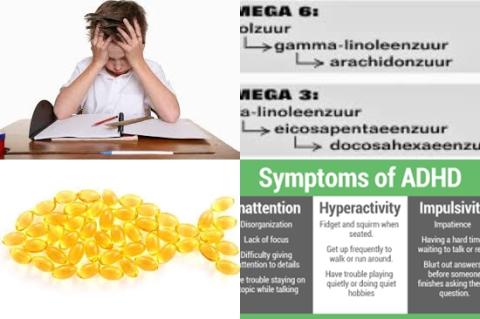
Objectives:
The role of omega-3 polyunsaturated fatty acids (omega-3 or n-3 PUFAs) in the pathogenesis and treatment of children and adolescents with attention deficit hyperactivity disorder (ADHD) is unclear. Therefore, this review article (meta-analysis) has been conducted.
Do children and adolescents with attention deficit hyperactivity disorder (ADHD) benefit from n-3 PUFA supplementation?
Study design:
This review article included 7 RCTs and 7 case-control studies.
Results and conclusions:
The investigators found in 7 RCTs (n = 534 randomised youth with ADHD) n-3 PUFAs supplementation significantly improved ADHD clinical symptom scores [g = 0.38, p 0.0001].
The investigators found in 3 RCTs (n = 214 randomised youth with ADHD) n-3 PUFAs supplementation significantly improved cognitive measures associated with attention [g = 1.09, p = 0.001].
The investigators found children and adolescents with ADHD had lower levels of DHA [7 case-control studies, n = 412, g = -0.76, p = 0.0002], EPA (7 case-control studies, n = 468, g = -0.38, p = 0.0008] and total n-3 PUFAs [6 case-control studies, n = 396, g = -0.58, p = 0.0001].
The investigators concluded there is evidence that n-3 PUFAs supplementation monotherapy improves clinical symptoms and cognitive performances in children and adolescents with ADHD and that these youth have a deficiency in n-3 PUFAs levels. These findings provide further support to the rationale for using n-3 PUFAs as a treatment option for ADHD.
Original title:
Omega-3 Polyunsaturated Fatty Acids in Youths with Attention Deficit Hyperactivity Disorder (ADHD): A Systematic Review and Meta-Analysis of Clinical Trials and Biological Studies by Chang JC, Su KP, [...], Pariante CM.
Link:
https://www.ncbi.nlm.nih.gov/pubmed/28741625
Additional information of El Mondo:
Find more information/studies on chronic disease, n-3 PUFA right here.
EPA and DHA are n-3 PUFA.